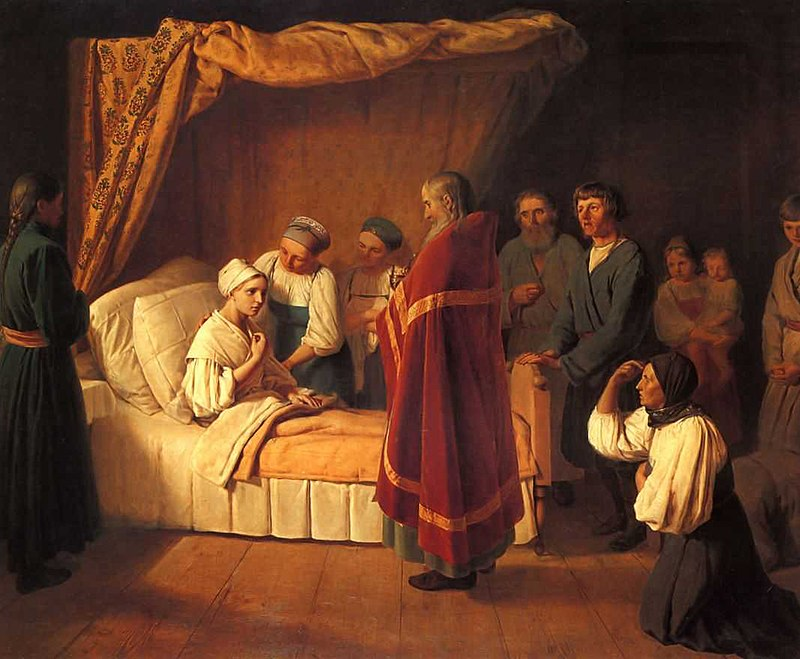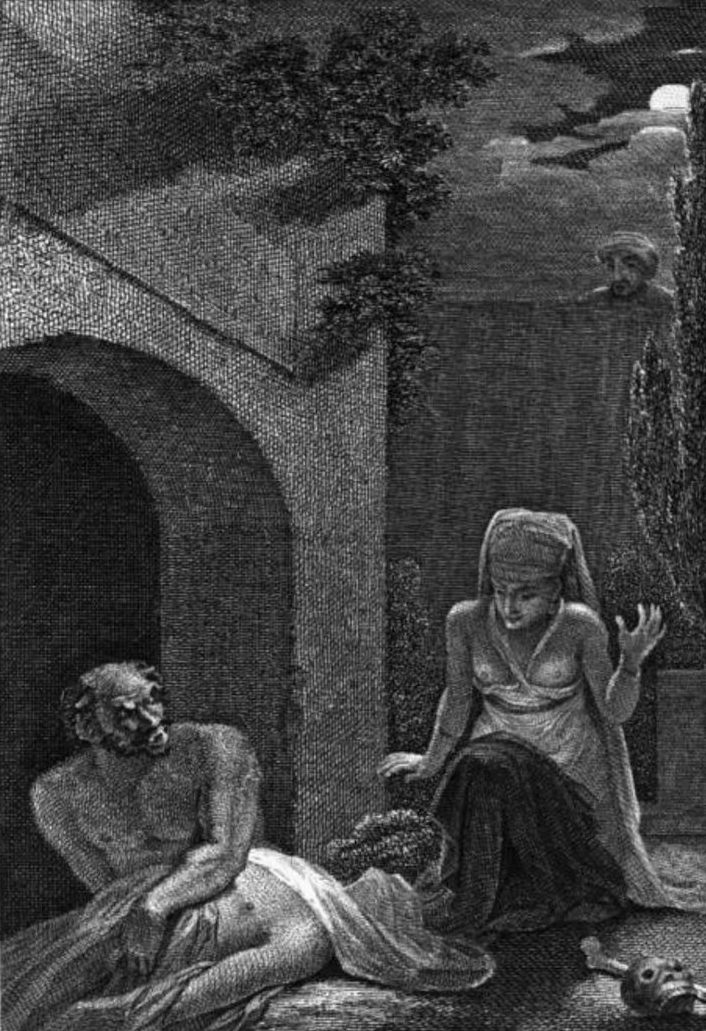Thunderstones (and Touchstones) in Asian Tradition
In Burma they are used as a cure and preventative for appendicitis. In Japan they cure boils and ulcers. In Malaysia and Sumatra they are used to sharpen the kris, are considered very lucky objects, and have been credited with being touchstones for gold. A touchstone is a small tablet of dark
Thunderstones in European Folklore
In Scandinavia thunderstones were frequently worshiped as family gods who kept off spells and witchcraft. Beer was poured over them as an offering, and they were sometimes anointed with butter. In Switzerland the owner of a thunderstone whirls it, on the end of a thong, three times around hi
Peris
In Persian mythology, Peris are exquisite, winged spirits renowned for their beauty. Peris were later adopted by other cultures. They are described in one reference work as mischievous beings that have been denied entry to paradise until they have completed&nb
Red Horn (Hešucka) aka He Who Wears (Man) Faces on His Ears and Big Boy…and Werebirds
Red Horn is a culture hero in Siouan oral traditions, specifically of the Ioway and Hocąk (Winnebago) nations. He has different names. Only in Hocąk literature is he known as “Red Horn” (Hešucka), but among the Ioway and Hocągara both, he
Adder stone aka hag stone
An adder stone is a type of stone, usually glassy, with a naturally occurring hole through it. Such stones, which usually consist of flint, have been discovered by archaeologists in both Britain and Egypt. Commonly, they are found in Northern Germany at the coasts of the North and Baltic S
Treasuries of death, viaticum, obol, more
Viaticum is a term used – especially in the Catholic Church – for the Eucharist (also called Holy Communion), administered, with or without Anointing of the Sick (also called Extreme Unction), to a person who is dying; viaticum is thus a part of the Last R
Luminous gemstones
Folktales about luminous gemstones are an almost worldwide motif in mythology and history among Asian, European, African, and American cultures. Some stories about light-emitting gems may have been based on luminescent and phosphorescent minerals such as diamonds. Mineralogical luminosity Fi
Fish Otoliths and Folklore: A Survey
Duffin, Christopher J.. “Fish Otoliths and Folklore: A Survey.” Folklore 118 (2007): 78 – 90. The folklore associated with fish otoliths is traced from classical times to the present day for the first time. Otolithomancy involved divination of maritime weather conditions by consulting the
A Survey of Birds and Fabulous Stones
Christopher J. Duffin (2012): A Survey of Birds and Fabulous Stones, Folklore, 123:2, 179-197 http://dx.doi.org/10.1080/0015587X.2012.682477 Summary: The records of fabulous stones associated with birds are here examined systematically for the first time. Some were purported to be obtained from with
Eagle stones
For the mushroom, see Mycena aetites. In the magico-medical tradition of Europe and the Near East, the aetites (singular in Latin) or aetite (anglicized) is a stone used to promote childbirth. It is also called an eagle-stone, aquiline, or aquilaeus. The stone is said to prevent spont
Ghouls (and a few other things)
The Ghoul A Monstrous Mashup of Myth and Macabre Meet the ghoul, a creature so delightfully demonic it’ll make you shiver with excitement. Born from the mystical realms of pre-Islamic Arabian folklore, this monstrous humanoid has evolved into the ultimate symbol of undead terror in modern fict











